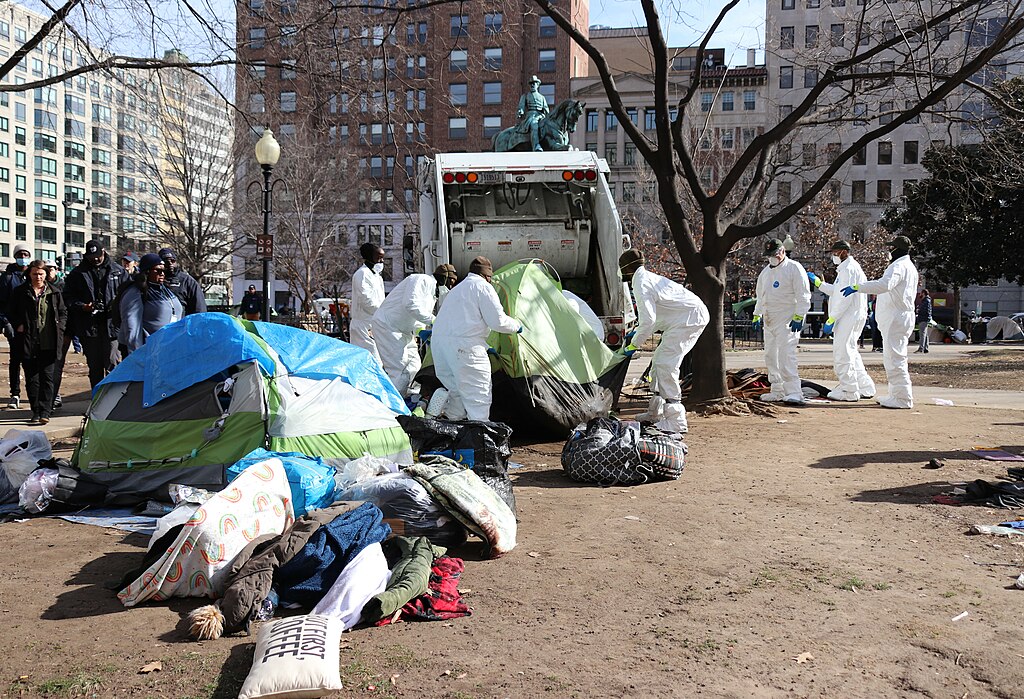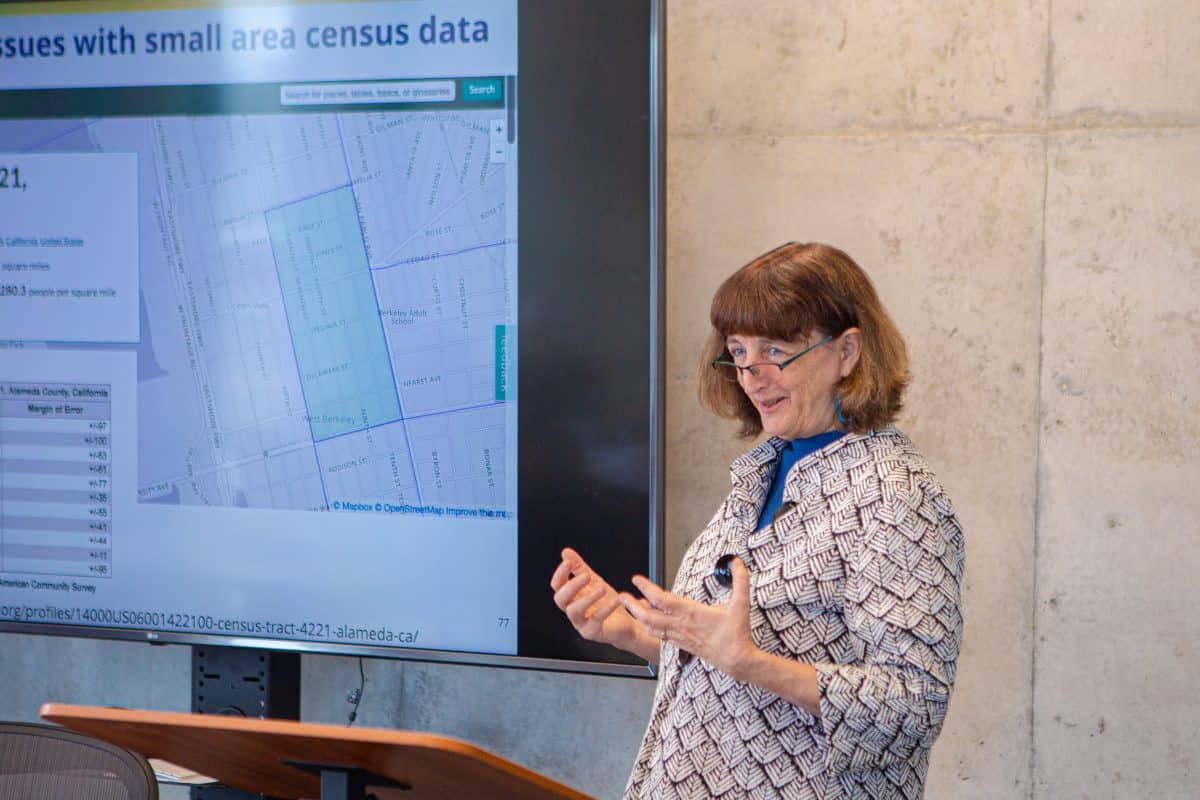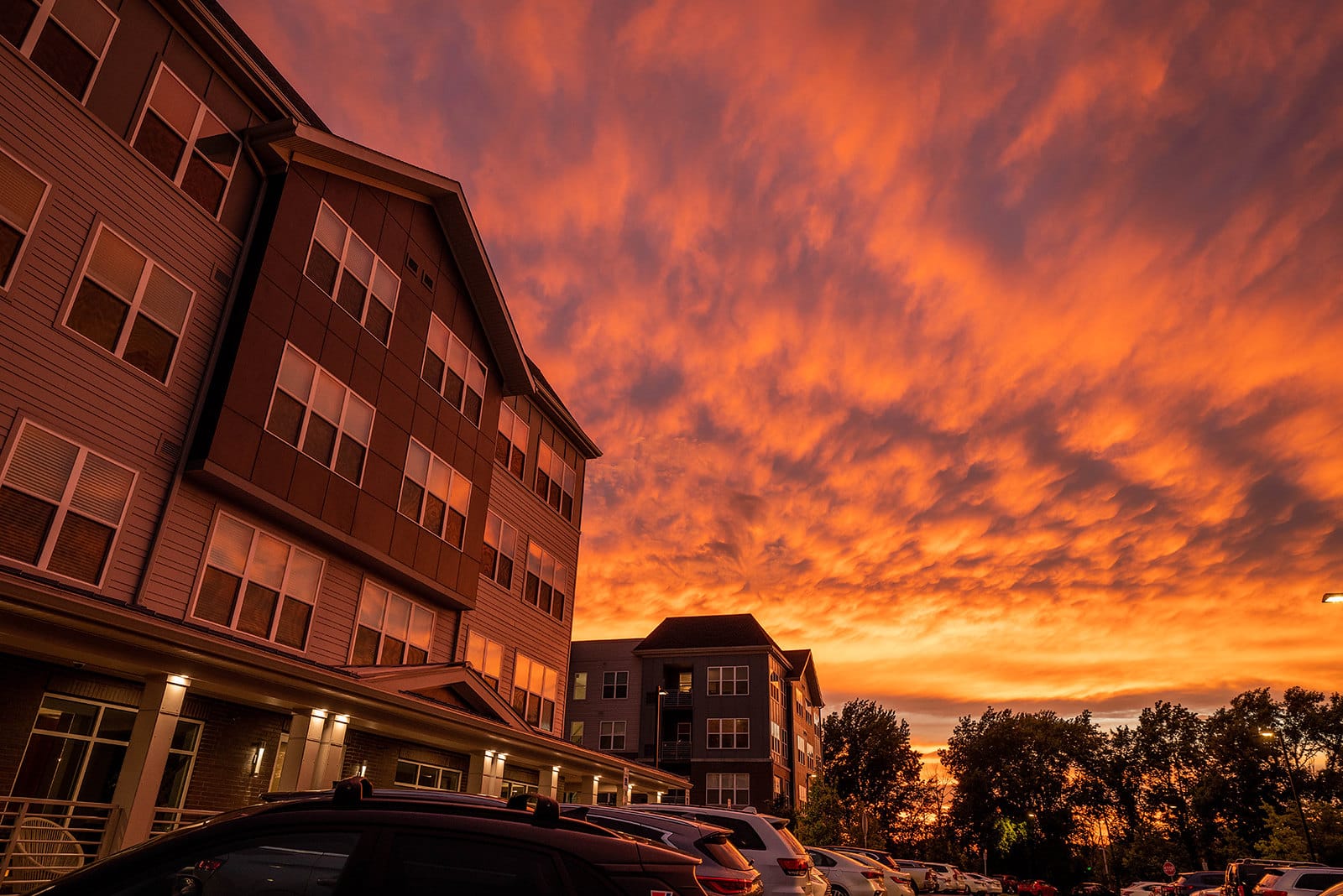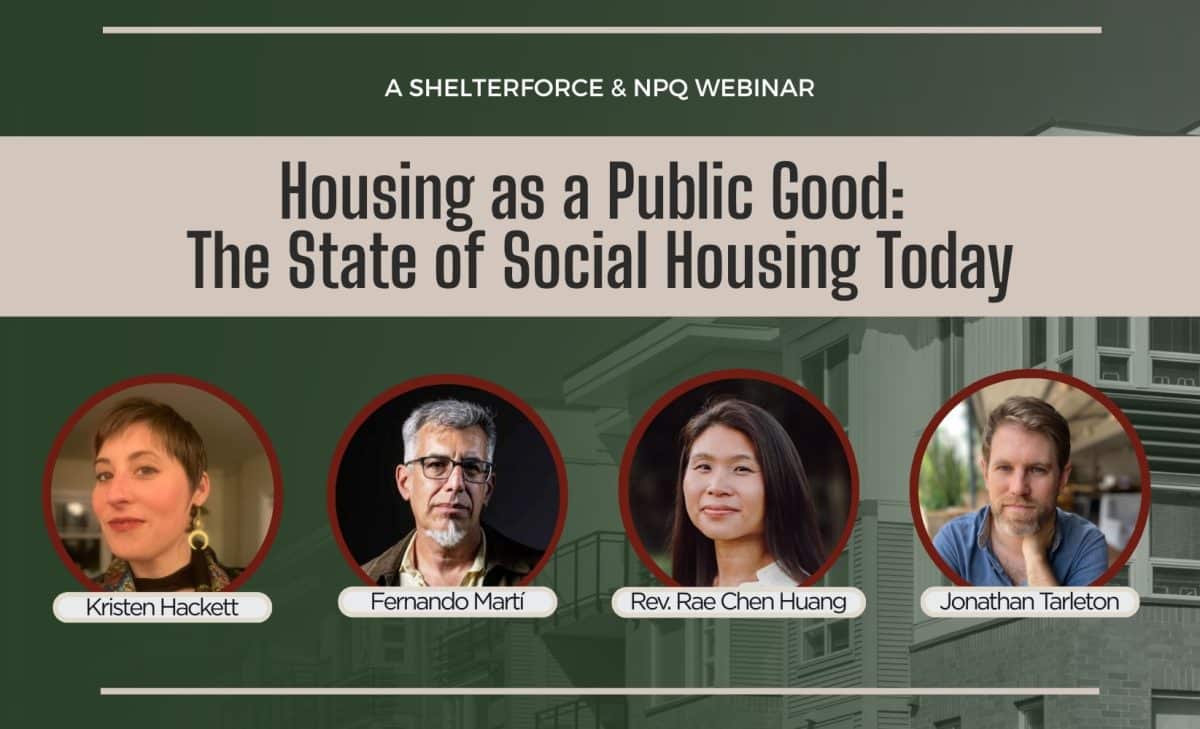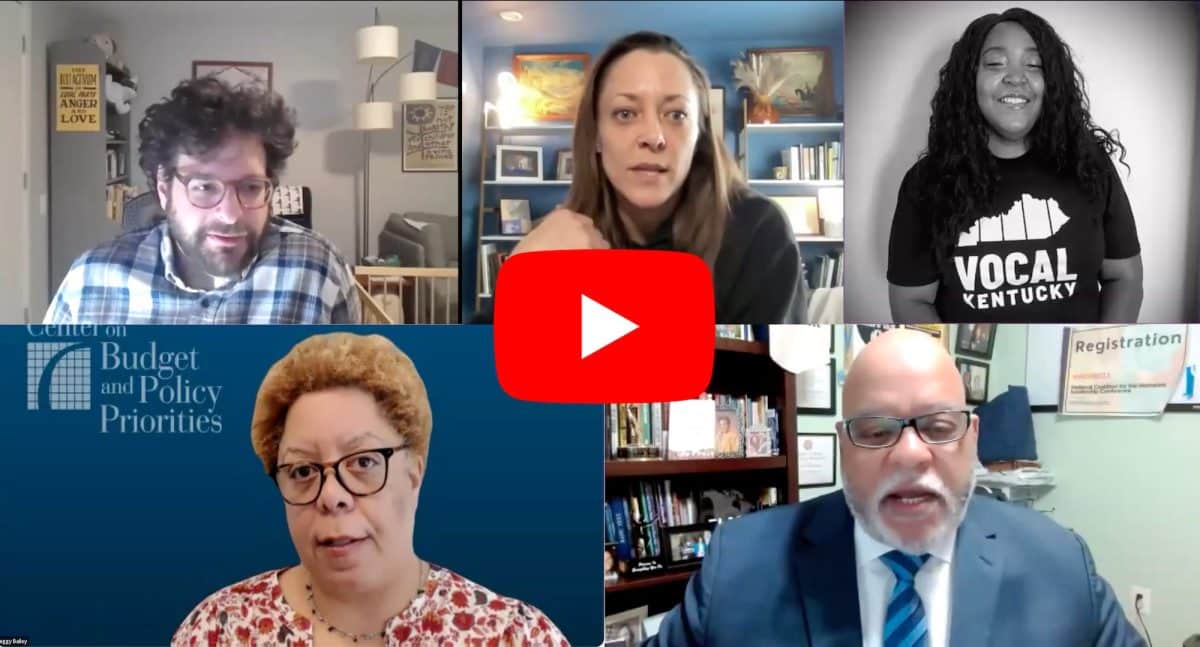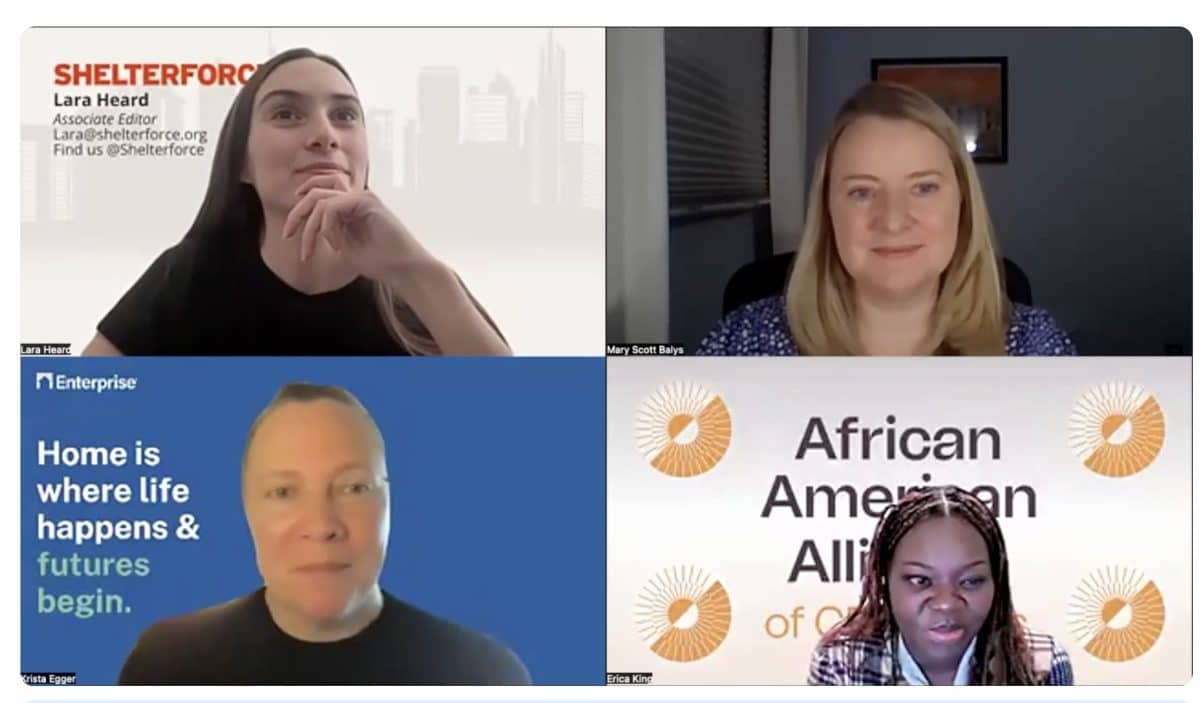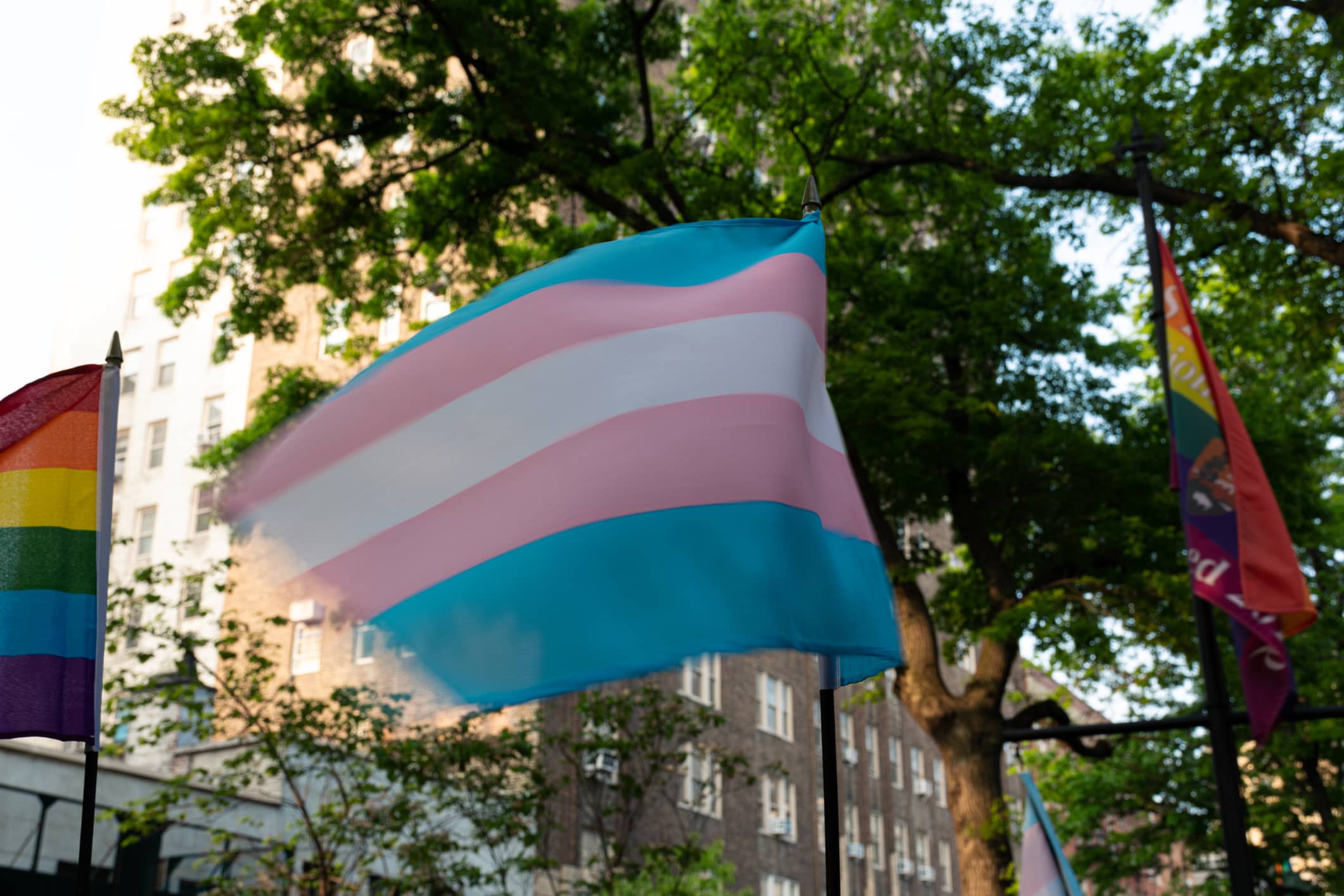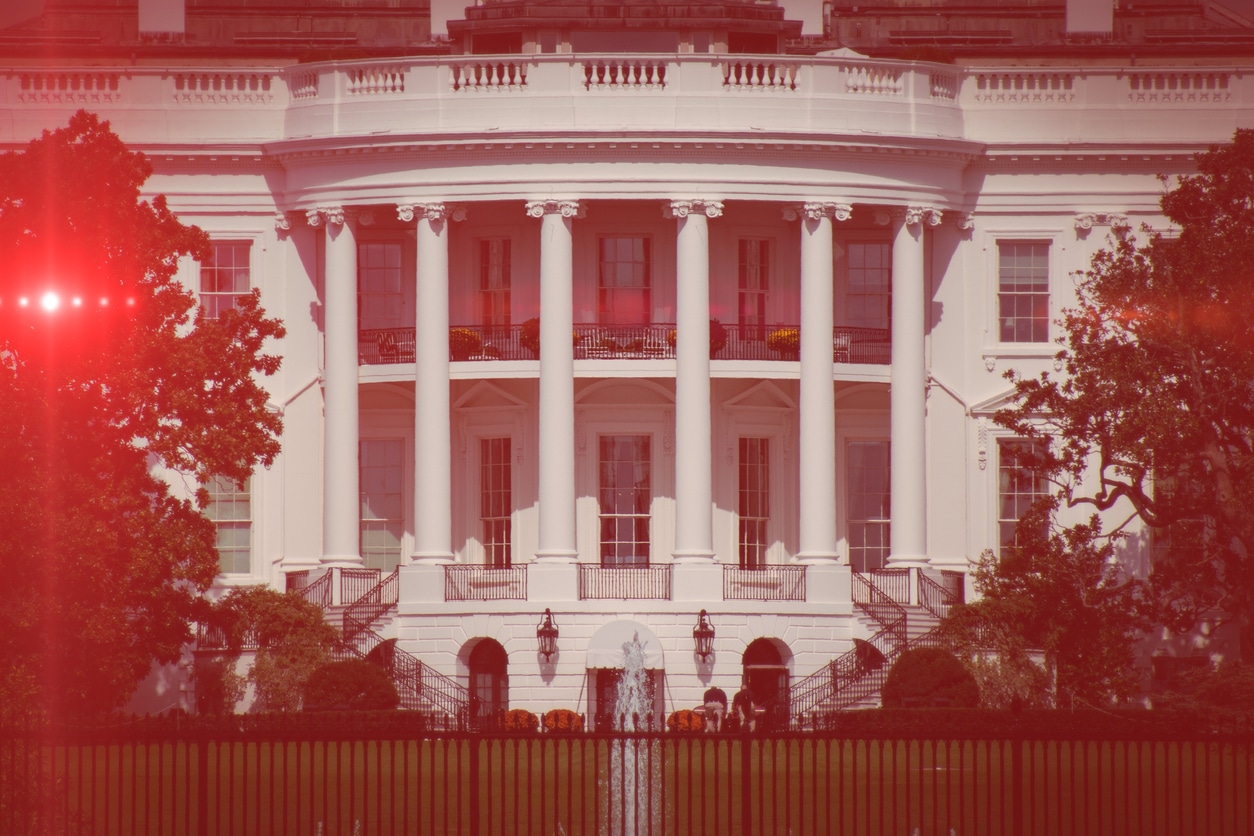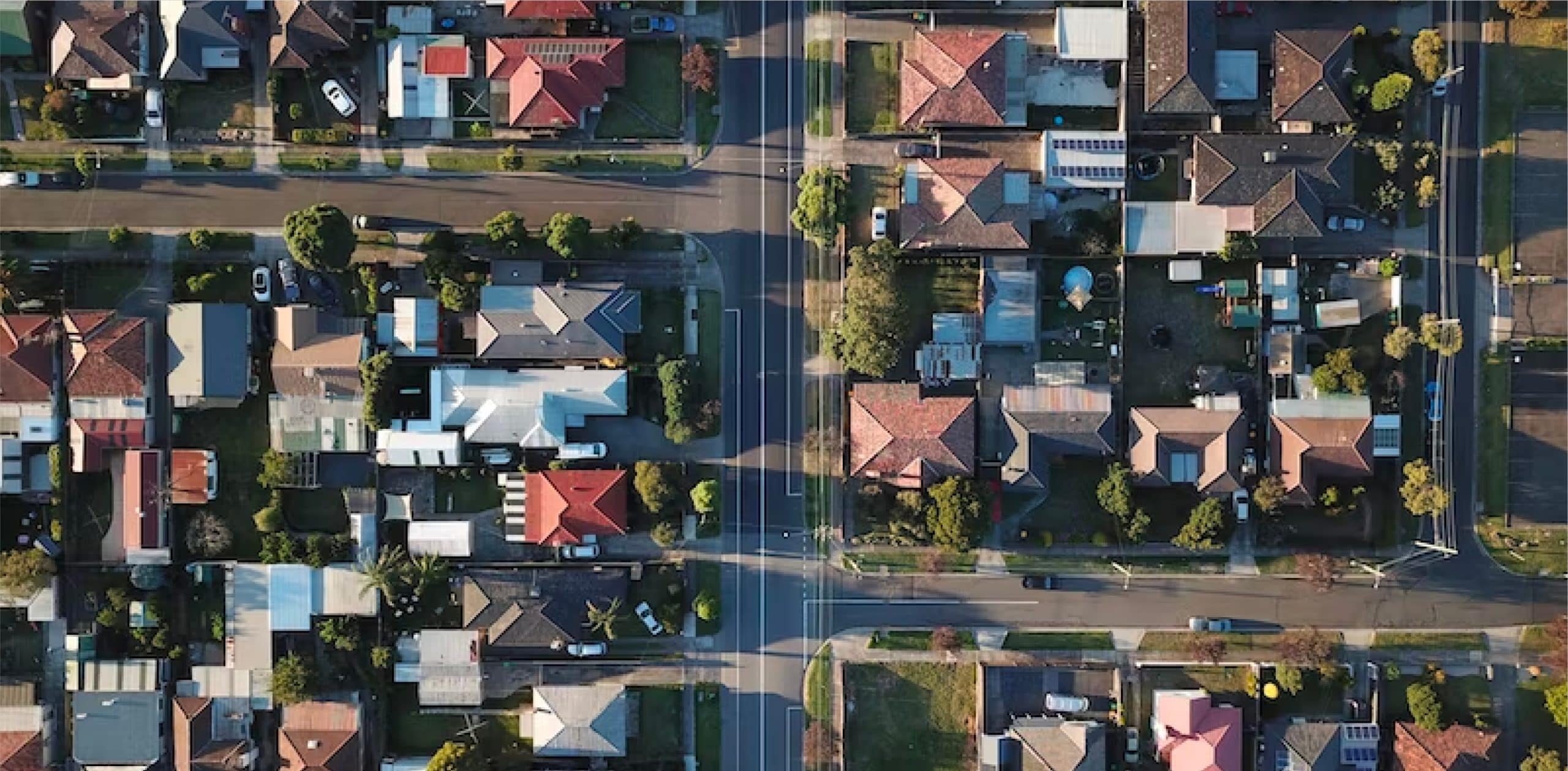Criminalizing Homelessness Doesn’t Work, Study Finds
The analysis shows that these laws, including bans on sleeping outside, don’t reduce homelessness. Why are they on the rise?
Read the Article
Trump’s Big Ugly Bill Is a Loss for Housing
The tax bill includes a significant expansion of the Low-Income Housing Tax Credit. However, its other provisions, especially cuts to Medicaid and SNAP, are so harmful that the affordable housing field should not be celebrating.
Read the Article
Researchers are Using AI to Get a Clearer Picture of Housing in the U.S.
Analysts are using artificial intelligence to supercharge their research by allowing them to comb through data faster. Though these AI tools can be error prone, they save time and housing researchers are optimistic about the future.
Read the Article
Explore by Topic
Featured Under the Lens Series
How Tech is Changing Housing
All Articles
See All Articlesfilter by Topic
filter by Content Type
search by Keyword
filter by Date Range
sort by Date

What Happens if Trump Kills Section 8?
The Trump administration wants to nearly halve funding for federal rental assistance and make the states figure out how to distribute what’s left. Tenants, landlords, and housing providers say the fallout would be catastrophic, spiking homelessness and destabilizing communities.

How Trump’s HUD Budget Proposal Would Harm Homelessness Response
Experts say the change to the HUD budget would make it more difficult to identify people who are homeless and connect them with services, and to prevent homelessness.

How Affordable Housing Providers Are Embracing Tech to Manage Housing
New software and web-based applications help speed up the recertification process for voucher holders, give tenants an easier way to request repairs and communicate with staff, and help disabled residents live more independent lives.

What’s Missing From HUD’s Shrunken Website?
HUD’s new website is missing many of the resources that users relied on, including much of its archived content. Here’s a look at what’s changed.

Training AI to Tackle Bias in the Mortgage Industry
As the mortgage industry becomes further automated, can artificial intelligence be trained to avoid replicating historic bias and expand access to loans for excluded borrowers? Some housing advocates are cautiously optimistic.

Tech Tools Help Tenants Push Back Against Problematic Landlords
We’ve found more than a dozen examples of tenant-serving technology that help renters identify landlords, respond to eviction, fight back against housing discrimination, and more.
Opinion
Webinars
See All Past Webinars-
Housing
Housing as a Public Good: The State of Social Housing Today, a Shelterforce/NPQ webinar
What do we mean by social housing in the United States? How has it worked in the past, and how should it be expanded? Watch “Housing as a Public Good: The State of Housing Today.”
-
Webinar
Trump, Homelessness, and the Road Ahead, a Webinar
The Trump administration’s policies are putting homelessness services at risk. How can housing advocates respond to those threats?
-
Housing
Fixing the Housing Crisis Beyond Supply, a Webinar
What are the root causes of the housing crisis and how can we address them?
-
Federal Policy
The Greenhouse Gas Reduction Fund, a Shelterforce Webinar
What is the Greenhouse Gas Reduction Fund and how will it benefit affordable housing residents and community development organizations?
Trump administration
Job Listings: A Shelterforce Resource
See all Listings





